I was seventeen when I first had the panic attack about my atoms. It happened during AP Chemistry while Mr. Finley was explaining nuclear decay rates. “The calcium in your bones,” he said, gesturing vaguely at our teenage skeletons, “will still exist long after our sun burns out.” Something about this casual observation hit me like a biochemical sledgehammer. I excused myself, locked myself in a bathroom stall, and hyperventilated for approximately 7.3 minutes while contemplating my atomic immortality.

Look, I’ve always had an unusual relationship with existential crises. While most people worry about things like career choices or relationship problems, I’m over here freaking out because I’ve suddenly realized the hydrogen atoms in my body were created in the first moments after the Big Bang, and that’s just… a lot to process during fourth period.
The thought experiment that really keeps me up at night is this: the atoms currently arranged in the configuration labeled as “Jamie Maxwell” have existed for billions of years and will continue existing for billions more. They’ve been part of countless other structures before me and will be part of countless others after I’m gone. My consciousness—this weird emergent property that arises from their particular temporary arrangement—is just a cosmic blip.
I mean, it’s simultaneously humbling and mind-blowing. The carbon atoms forming my heart muscle might have once been part of a Tyrannosaurus rex, a prehistoric fern, or some ancient bacteria. My girlfriend Mei finds this romantic, somehow. “We’re literally made of stardust,” she’ll say, as if that’s supposed to make me feel better about being a temporary rental property for eternal building blocks.

Last Tuesday, I tried to calculate exactly how many of my atoms might end up in future stars after Earth is eventually consumed by our expanding sun. My methodology was… questionable. It involved projection models of solar expansion, terrestrial element distribution, and three whiteboards that now permanently display the mathematical evidence of my existential spiral. Josh came over, took one look at my calculations, and immediately ordered pizza. “You’re having one of your atomic identity crises again,” he said, not even asking, just stating a fact he’s witnessed too many times before.
The pizza helped. It always does. Something about focusing on the immediate molecular pleasure of cheese and tomato sauce provides temporary relief from cosmic terror. While eating, I explained my latest fixation.
“So basically,” I said, gesturing with a slice, “approximately 63% of my body mass consists of elements that will likely be ejected into space when our sun dies, potentially becoming part of new star formations.”
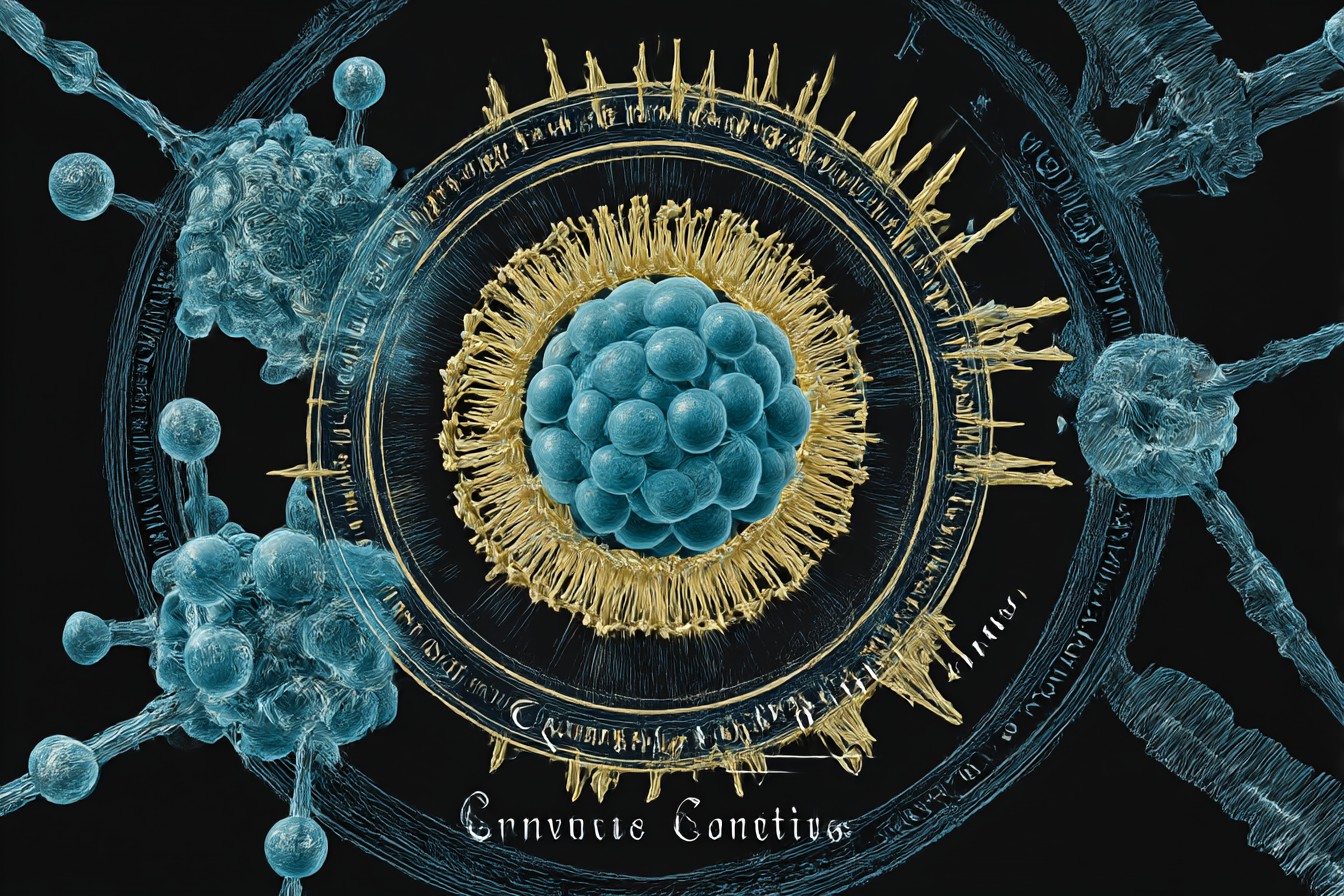
Josh chewed thoughtfully. “And this bothers you… why exactly?”
“Because I’m just renting these atoms! They’ve been recycling through the universe for 13.8 billion years. The specific arrangement that makes me ‘me’ will only last for maybe 80 years if I’m lucky, but the building materials will keep going. They’ll be in plants, animals, rocks, stars, possibly even other conscious beings someday.”
“I fail to see the crisis,” Josh said, reaching for another slice. “Sounds more like atomic immortality to me.”
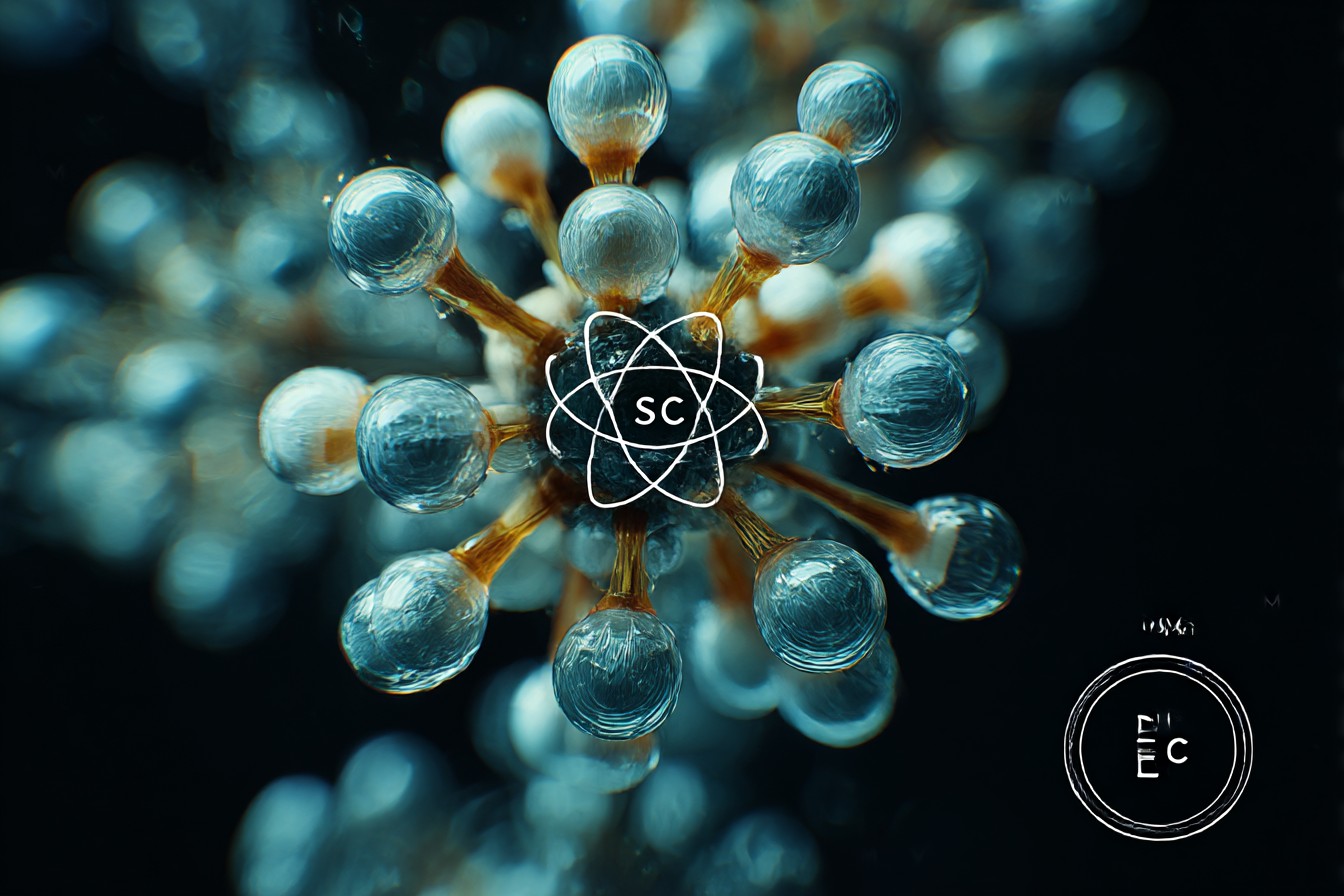
That’s the problem with physicists. They’re too comfortable with existential horror.
I’ve actually tried to measure the atomic turnover rate in my own body. The experimental design was elegant if somewhat concerning to my landlord. For three months, I meticulously tracked specific dietary inputs, collected hair, nail, and skin cell samples, and attempted to calculate how quickly my body was replacing its constituent atoms. The preliminary data suggests I’ve swapped out approximately 98% of my atoms since high school, which means the “me” writing this is materially different from the “me” who had that initial panic attack in chemistry class.
Yet somehow, consciousness persists. The pattern remains even as the physical materials change. It’s like playing a song on different instruments—the melody is the same, but the physical means of creating it constantly changes.
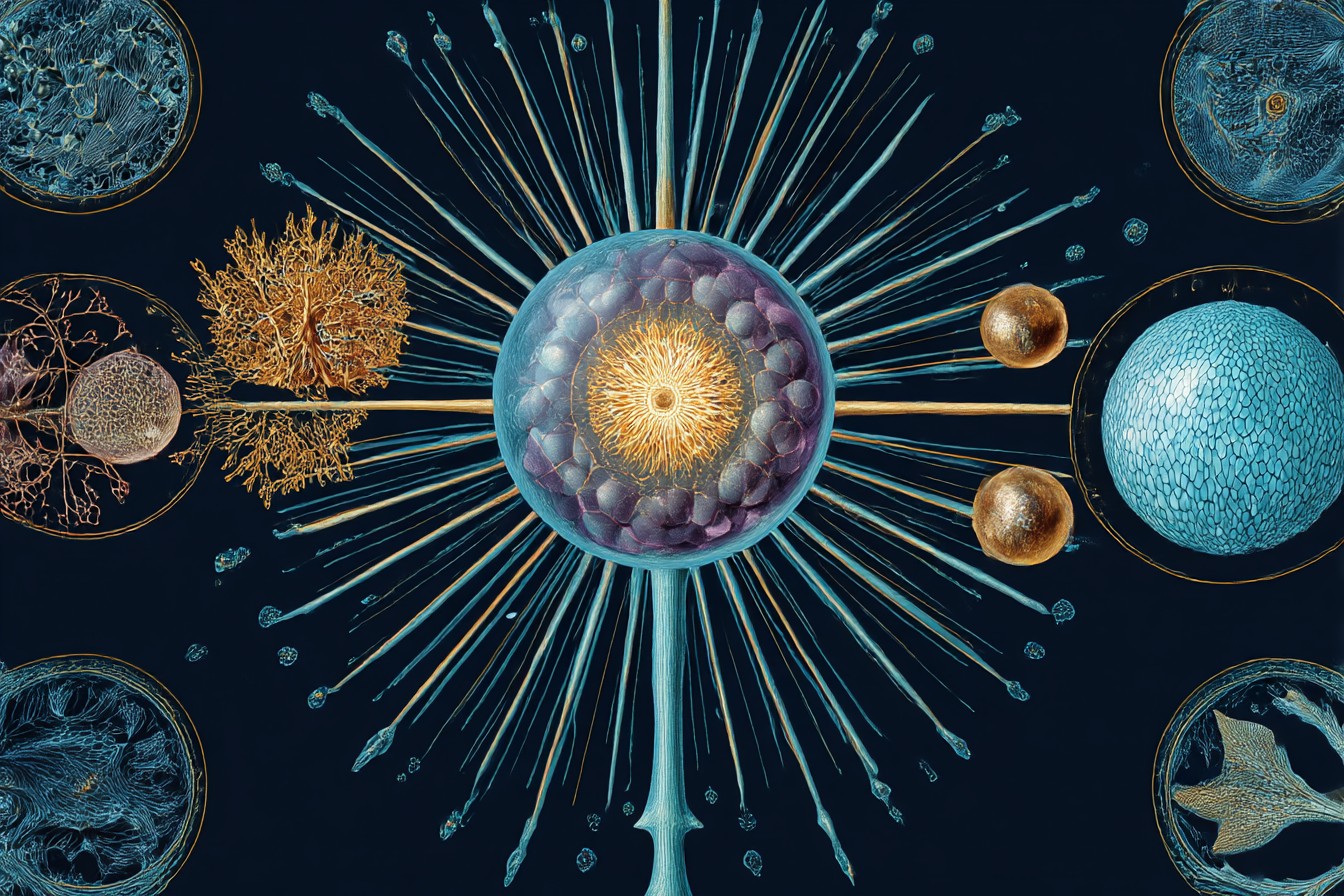
This led to my absolutely ridiculous “Atom Biography Project” where I tried to trace the cosmic history of specific elements in my body. I started with calcium, tracking its likely formation in ancient stars through supernovae, planetary formation, geological processes, plant uptake, animal consumption, and finally its incorporation into my skeletal structure. Dr. Khatri, my former advisor, found me surrounded by astronomy textbooks and isotope analysis data at 3 AM in the department lounge.
“Maxwell,” he said with the weary tone of someone who had caught me doing much worse, “what fresh hell is this?”
“I’m writing biographies for my atoms,” I explained, as if this were a perfectly reasonable research focus. “This calcium atom was likely formed in a red giant star approximately 6 billion years ago, then—”
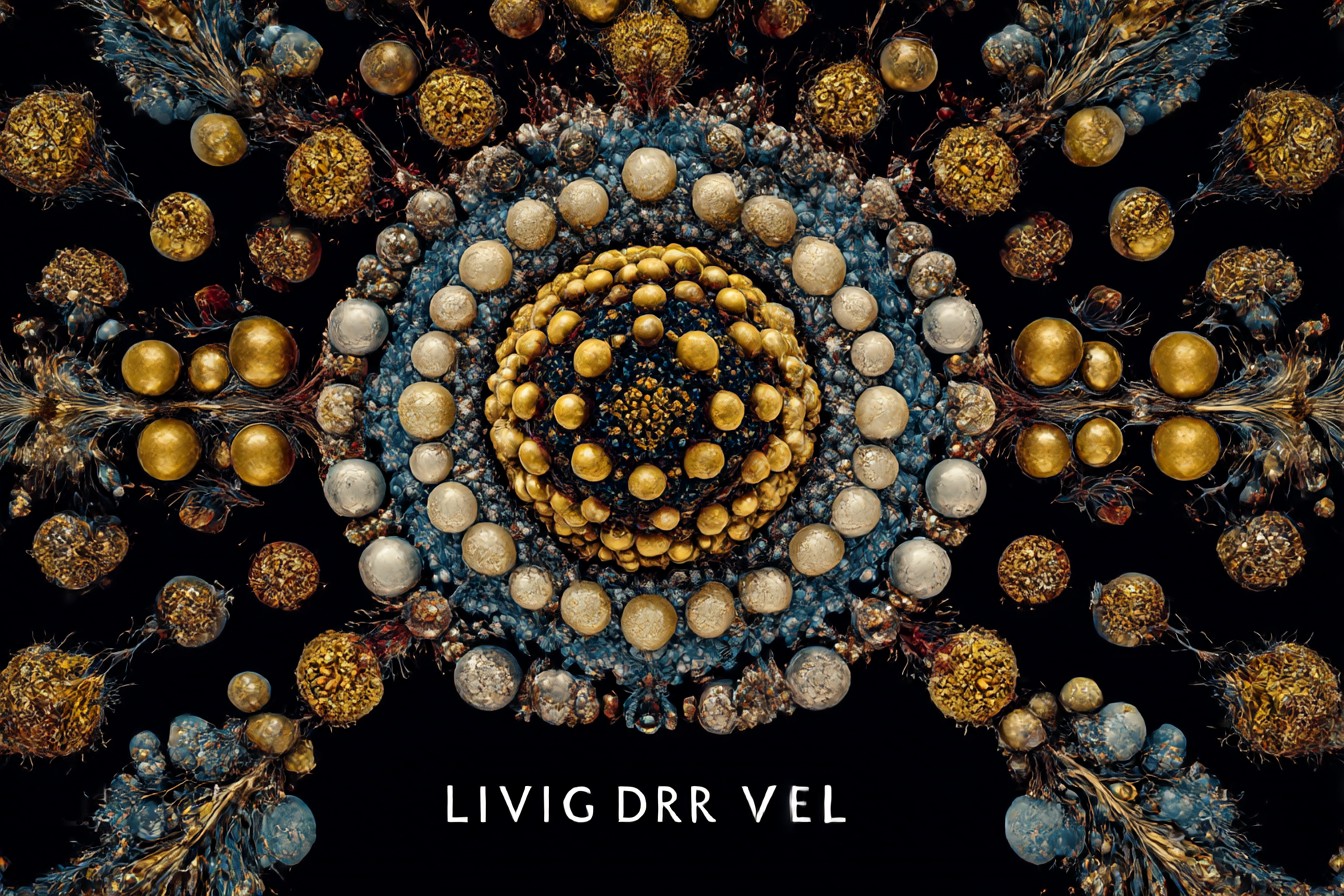
He just walked away. Honestly, it was not the strangest thing he’d caught me doing during my PhD.
The experimental results of my atomic autobiography project were inconclusive but emotionally significant. I couldn’t precisely identify the stellar origins of specific atoms in my left femur (my methodology had some limitations, obviously), but the exercise permanently altered my perception of my physical self. I started seeing my body as a temporary gathering, a brief atomic convention where these ancient particles come together, exchange information through biochemical processes, and then move on to their next cosmic appointment.
Sometimes this perspective is horrifying. Sometimes it’s weirdly comforting.

There was that memorable week when I tried to “get to know” my atoms better by attempting to visualize their previous configurations. This involved a poorly conceived meditation regime where I would lie on my living room floor for hours, trying to intuitively sense where my carbon atoms had been before joining my body. Mei found me there on day three, surrounded by star charts and elemental composition tables.
“Jamie,” she said, stepping carefully over my supine form, “you know you can’t actually remember where your atoms were before they were you, right?”
“Obviously,” I mumbled, “but what if consciousness somehow retains quantum imprints of previous configurations?”
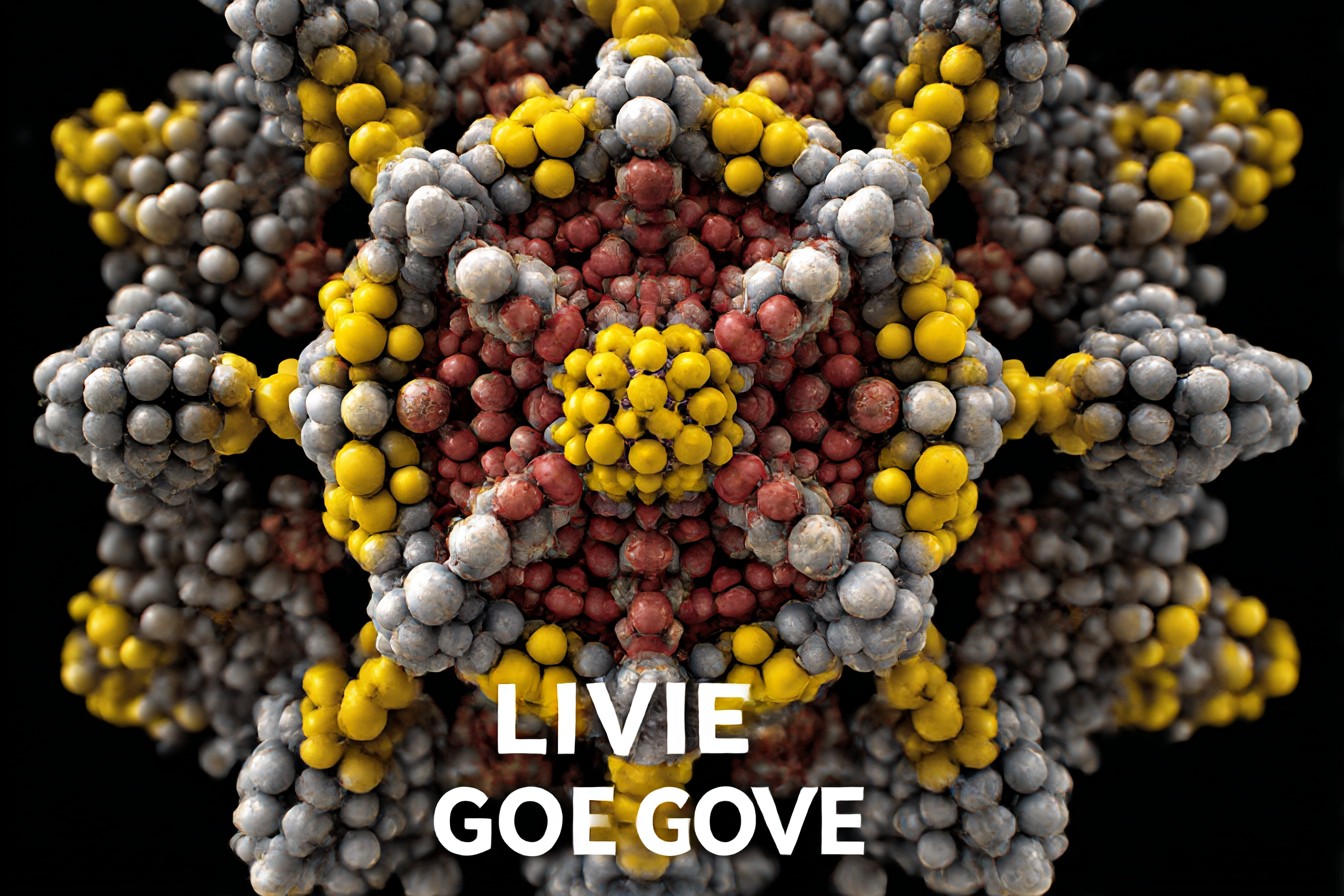
She sighed and sat down beside me. “You need better hobbies.”
The thing is, these aren’t just abstract thought experiments. The cosmic timeline of my atoms affects how I navigate daily life. When I cut myself chopping vegetables and watch blood well up from the wound, I’m not just seeing a minor injury. I’m witnessing temporary configurations of hemoglobin that contain iron atoms forged in the heart of a dying star billions of years ago. That iron will eventually return to the earth, be taken up by plants, consumed by animals, and continue its journey through countless future forms.
When I explained this perspective to my mother, she suggested therapy. But is it really that crazy to acknowledge the profound reality of matter’s persistence? We’re all just temporary arrangements of eternal components.

I’ve developed a thought exercise I call “Atomic Continuity Projection” where I try to imagine the future configurations my current atoms might take. After running multiple probability scenarios (the mathematics for which now cover the ceiling of my home office, much to my landlord’s displeasure), I’ve determined that atoms currently in my body have approximately a 0.03% chance of someday being part of another conscious organism. Small odds, but considering the number of atoms involved, that means millions of my particles might someday be thinking again in a different arrangement.
Here’s the bizarre thing about living with this knowledge: it changes how you view death. The terror isn’t non-existence—it’s the realization that the atomic building blocks that constitute “you” will continue existing in different forms, like LEGO bricks disassembled and rebuilt into new structures. The pattern that is currently “me” will dissolve, but the components are indestructible.
My experimental approach to processing this reality has evolved over time. I’ve tried everything from attempting to track specific carbon atoms through my dietary intake and excretion (don’t ask about the methodology, it was disgusting and Mei almost broke up with me) to creating elaborate atomic genealogies for different elements in my body. I’ve measured isotope ratios in my hair to determine rough atomic ages, and once spent a concerning amount of time trying to calculate how many of my atoms might have previously been part of historical figures. The probability that at least one atom in my body was once part of Julius Caesar is surprisingly high, statistically speaking.
The preliminary results of these investigations have yielded no practical applications whatsoever but have fundamentally altered my perception of my place in the cosmos. I no longer see myself as a discrete individual but as a temporary configuration of ancient materials—a brief pattern in the eternal atomic dance.
Josh says this perspective makes me insufferable at parties, especially when I start telling people that their cocktails contain water molecules that dinosaurs probably urinated. He’s not wrong, but some truths need to be shared, regardless of social consequences.
Living with the knowledge that my atoms will outlive the sun has changed my relationship with time itself. My lifespan isn’t just the brief 80-ish years I might personally experience—it’s also the 13.8 billion years my constituent parts have already existed and the trillions of years they’ll continue to exist in different forms. I’m just a temporary custodian of ancient matter that will eventually become part of future stars, planets, and possibly even other thinking beings.
The data suggests I should find this terrifying. Instead, on good days, I find it strangely beautiful. My atoms and I are on a brief journey together, temporarily forming the peculiar pattern known as Jamie Maxwell, before they continue their cosmic adventures elsewhere. We’re not so much dying as transforming—the ultimate atomic road trip across space and time.
Though occasionally, usually around 3 AM, I still panic about it. Some existential crises never fully resolve, they just become more scientifically precise.
Leave a Reply